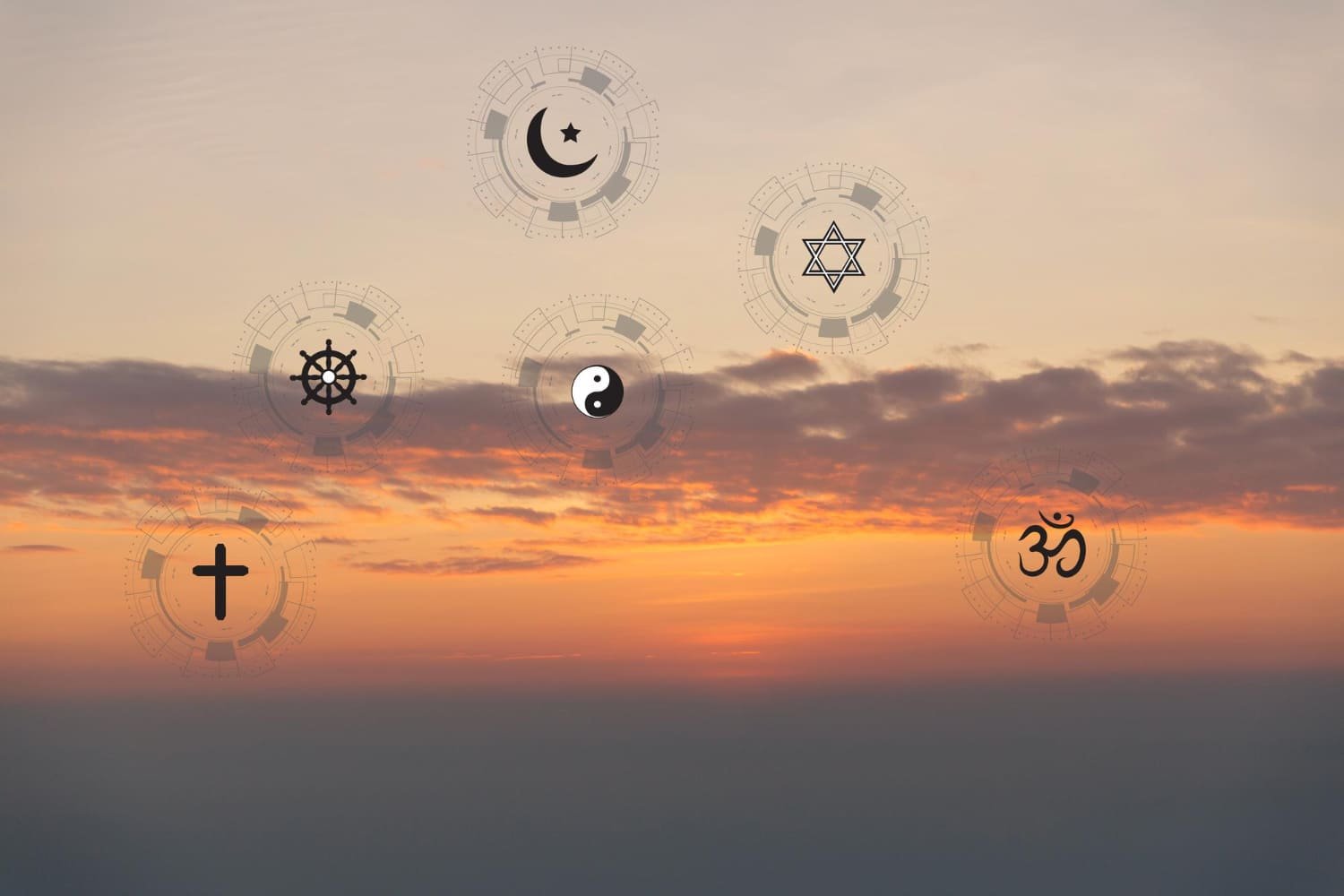Buddhism and Shinto are two of the most popular religions in Japan. They are both unique and have their own distinctive features. While Buddhism is a religion that originated in India and was introduced to Japan in the 6th century, Shinto is a religion that is indigenous to Japan.
One of the main differences between the two religions is their belief system. Shinto is an animistic religion that believes that every living and non-living thing possesses a spirit. On the other hand, Buddhism is a religion that focuses on the teachings of Buddha and the path to enlightenment.
Despite their differences, both religions have had a significant impact on Japanese culture and society. In this article, we will explore the differences between Buddhism and Shinto and try to answer the question of which one is better.
Origins and History of Buddhism and Shinto
Buddhism originated in ancient India and was founded by Siddhartha Gautama, also known as the Buddha. It is believed that the Buddha lived between the mid-6th and mid-4th centuries BCE.
The teachings of Buddhism spread from India to Central and Southeast Asia, China, Korea, and Japan, where it has played a central role in the spiritual, cultural, and social life of Asia.
Shinto, on the other hand, is an indigenous religion of Japan. Its origins can be traced back to prehistoric times when the Japanese people worshipped natural phenomena such as mountains, rivers, and trees.
Over time, these natural phenomena came to be associated with deities or kami, which were believed to possess supernatural powers.
Shintoism was not recognized as a formal religion until the 6th century when Buddhism was introduced to Japan. There emerged tendencies to interpret Shinto from a Buddhist viewpoint, and Shinto kami were viewed as protectors of Buddhism. Hence, shrines for tutelary kami were built within the precincts of Buddhist temples.
During the Meiji period (1868-1912), Shinto was officially recognized as the state religion of Japan. The government separated Shinto from Buddhism and created a new system of State Shinto, which was a fusion of Shinto and nationalism. After World War II, the Japanese government abolished State Shinto and separated religion from the state.
Today, both Buddhism and Shinto are practiced in Japan, often in combination with each other. While Buddhism emphasizes the attainment of enlightenment through meditation and the Eightfold Path, Shinto focuses on the veneration of nature and ancestors, and the performance of rituals and ceremonies.
Beliefs and Practices of Buddhism and Shinto
Buddhism and Shinto are two distinct religions that have coexisted in Japan for centuries. Although there are some similarities between the two, there are also many differences in their beliefs and practices.
Buddhism: Buddhism is based on the teachings of Siddhartha Gautama, also known as the Buddha. The ultimate goal of Buddhism is to achieve enlightenment, which is the state of being free from suffering and ignorance.
Buddhists believe in the Four Noble Truths, which state that life is full of suffering, that suffering is caused by desire, that suffering can be overcome, and that the way to overcome suffering is through the Eightfold Path.
One of the key practices in Buddhism is meditation, which is used to calm the mind and develop insight into the true nature of reality. Buddhists also place a strong emphasis on compassion and non-violence, and many follow a vegetarian or vegan diet.
Shinto: Shinto is the indigenous religion of Japan and is based on the worship of kami, or spirits, which are believed to inhabit all things in nature. Shinto does not have a single founder, holy book, or set of dogmas, but rather is a collection of beliefs and practices that have evolved over time.
One of the central practices in Shinto is the performance of rituals and ceremonies at shrines, which are dedicated to various kami. These rituals are intended to purify the participants and to establish a connection between the human and spirit worlds.
Shinto also places a strong emphasis on harmony with nature and the importance of maintaining a sense of gratitude and respect for the world around us. In summary, Buddhism and Shinto are two distinct religions with different beliefs and practices.
While Buddhism emphasizes the pursuit of enlightenment through meditation and non-violence, Shinto focuses on the worship of kami and the importance of maintaining harmony with nature.
Comparison of Buddhism and Shinto
Shinto and Buddhism are two distinct religions that have coexisted in Japan for centuries. While they have some similarities, they also have many differences that set them apart from each other.
Here are some of the key differences between Shinto and Buddhism:
- Origin: Shinto is an indigenous religion of Japan, while Buddhism was introduced to Japan from China and Korea in the 6th century.
- Beliefs: Shinto is focused on the worship of kami, or gods and spirits, that are believed to inhabit natural objects and phenomena. Buddhism, on the other hand, is centered around the Four Noble Truths and the Eightfold Path, which guide followers on the path to enlightenment.
- Practices: Shinto worship typically takes place at shrines, where people pray and offer offerings to the kami. Shinto rituals are often performed to mark important life events, such as births, weddings, and funerals. Buddhism, on the other hand, is practiced at temples, where followers meditate and perform rituals to honor the Buddha and other enlightened beings.
- Afterlife: Shinto does not have a well-defined concept of the afterlife, and there is no clear idea of what happens to the soul after death. Buddhism, on the other hand, teaches that the soul is reincarnated after death, with the ultimate goal of achieving enlightenment and breaking the cycle of rebirth.
Overall, while both Shinto and Buddhism have their own unique beliefs and practices, they have coexisted peacefully in Japan for centuries.
The choice of which religion to follow is a personal one, and ultimately depends on an individual’s beliefs and values.
Which One Is Better?
When it comes to deciding which religion is better, it ultimately comes down to personal beliefs and preferences. Both Shinto and Buddhism have their unique characteristics and practices that appeal to different individuals.
For those who value nature and the connection between humans and the environment, Shinto may be the better choice. Shinto emphasizes the importance of nature and the spirits that reside within it. Its practices involve paying respect to these spirits and maintaining harmony with the natural world.
On the other hand, those who are seeking a path to enlightenment and a way to overcome suffering may find Buddhism more suitable. Buddhism offers a clear path to achieving inner peace and enlightenment through meditation and mindfulness practices.
Ultimately, the decision of which religion is better is a personal one that should be based on individual beliefs and values. It is important to explore both religions and their practices to gain a better understanding of which one resonates with you the most.







